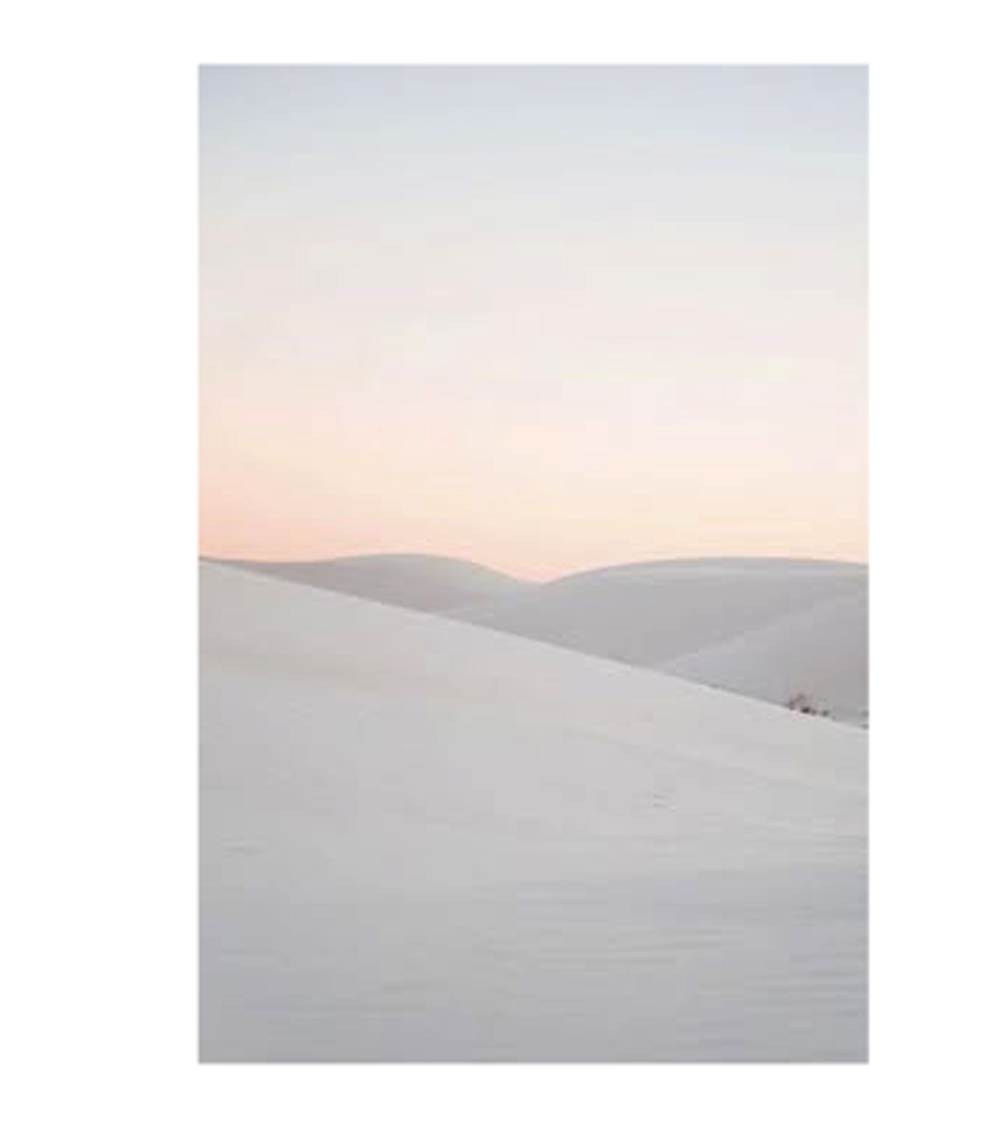
Sustainability in Beauty & Wellness –
Where Are We Headed?
Sustainability in beauty isn’t new—but it’s evolving. As we enter 2025, consumers expect real action, not just greenwashing.
This article unpacks where sustainability in beauty & wellness is going next—and what brands need to consider to stay ahead.
01/
The End
of Greenwashing
—
Consumers are skeptical of vague “eco-friendly” claims. Brands will need to prove their impact.
- Transparency & data-backed claims (e.g., carbon footprint stats, traceable sourcing).
- Regulatory shifts cracking down on misleading claims (EU, US, and Australia are tightening rules).
- Third-party certifications like B Corp and Cradle-to-Cradle becoming non-negotiable.
What this means for brands: Get specific. Instead of “sustainable,” say “100% PCR plastic, refillable in-store, biodegradable within X years.”
02/
Circular Beauty &
Refill Systems Are Scaling Up
—
The industry is moving away from single-use packaging and toward reuse, refill, and recyclability.
Growing trends:
- Refill stations & return systems (L’Occitane, Kjaer Weis).
- Mono-material packaging (Easier to recycle).
- Upcycling ingredients & byproducts (Using waste materials in formulations).
For brands, considering packaging as a service, not just a product will be key.
03/
Waterless &
Low-Waste Formulations
—
Formulations are changing to reduce environmental impact.
- Waterless beauty (powders, solids, concentrates) to cut shipping emissions.
- Fermented beauty for more potent, bioavailable ingredients.
- Biodegradable formulations that break down safely.
Brands should ask: Can our product work with less water, less waste, and less impact?
04/
The Shift to Local &
Regenerative Sourcing
—
Consumers are questioning where ingredients come from and how they’re farmed.
- Regenerative farming (ingredients grown in ways that restore soil health).
- Local sourcing over global shipping to reduce carbon footprints.
- Indigenous knowledge & traditional wisdom informing better ingredient sourcing.
For brands, supply chain transparency is no longer optional—it’s expected.
05/
Sustainability Must Align
with Luxury, Not Just Minimalism
—
For years, “sustainable beauty” looked a certain way—beige, minimalist, and eco-clinical. But sustainability and luxury are converging.
- Premium, refillable glass packaging (Chanel’s new sustainable beauty line).
- Tactile, desirable sustainability (Sustainable doesn’t have to mean “less beautiful”).
- Brands incorporating heritage & craftsmanship alongside eco-consciousness.
For high-end beauty brands, the challenge is merging sustainability with desirability.
Conclusion
—
Sustainability in beauty is evolving from a marketing buzzword to an essential business strategy. The future is:
- Data-backed claims, not vague promises.
- Packaging designed for reuse, not just recycling.
- Low-waste formulations that reduce water & emissions.
- Supply chains that prioritise regenerative & ethical sourcing.
- Sustainability that feels aspirational and luxurious.
Is your brand future-ready? Let’s discuss how to integrate meaningful sustainability into your branding.
Contact
85 William St, Level 2
Darlinghurst, Sydney
NSW 2010 Australia
email us >
Services
Brand strategy
Brand identity
Brand environment
Websites + eCommerce
Photography + video
Content marketing
Packaging
Print + editorial
Jump to